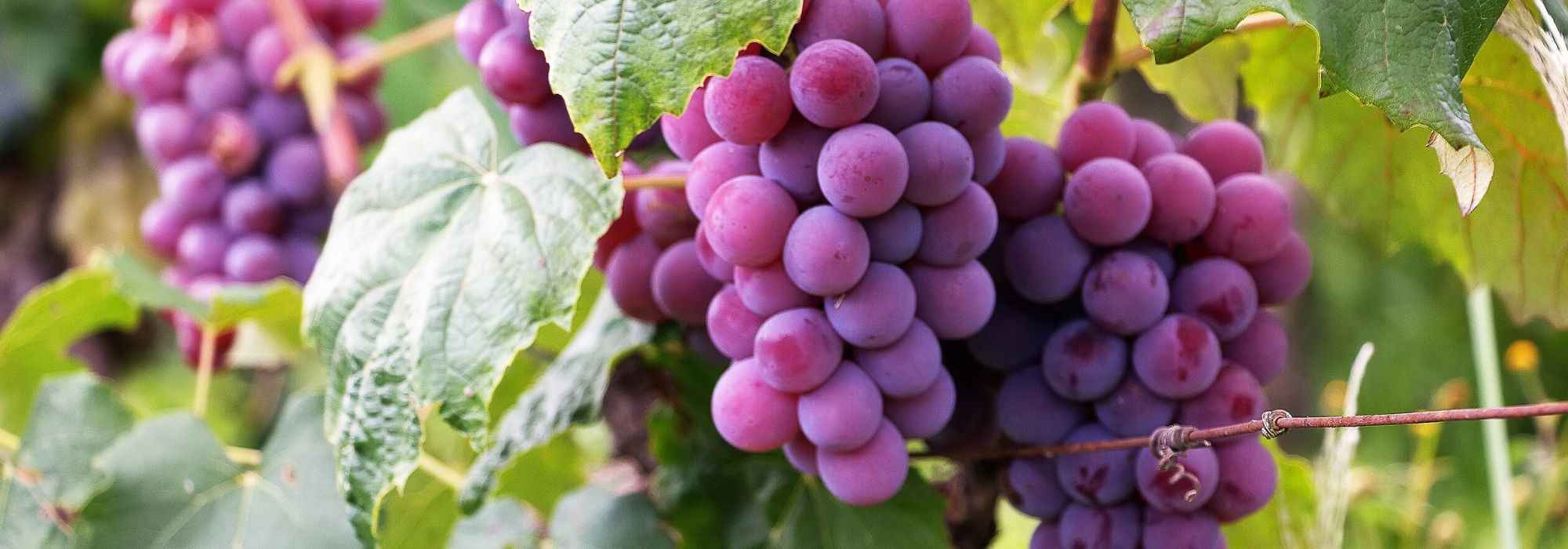
Grapevine: choose the right variety
Depending on your climate and tastes
Contents
Grapevine (Vitis vinifera) is a sarmentous, climbing shrub cultivated for its edible fruits, grapes, with fleshy, flavourful and sweet pulp.
Whether wine grape or table grape, white, black or pink, seedless or not, choosing a grapevine is not always easy among the many varieties on offer! That’s why we help you choose the one you need from our beautiful collection of grape varieties. Follow our advice to choose your grapevine correctly according to your climate and the colour of the grapes!
Wine grape or table grape?
We distinguish winemaking varieties intended for producing wine and table varieties. You will find in our nursery a wide choice of grapes from old and recent varieties, earlier or later ripening, which will make excellent table grapes or which, for others, will produce wine after winemaking. Among the latter, grapevine ‘Cabernet Sauvignon’, an old variety widely grown in Gironde and south-west France, the grapevine ‘Muscat Petits grains’ used in production of sweet wines, or the grapevine ‘Riesling’, a variety famous for its fruity-floral aroma and acidity.
Some varieties used for winemaking can also be eaten fresh. This is the case of the grape ‘Noir Hâtif de Marseille’ which is primarily eaten as a table grape but which, after winemaking, will produce rosé Muscats or wines that are pleasantly fruity and aromatic on the palate, or the grapevine ‘Merlot’ whose grapes are enjoyed both as table fruit and as wine.
Others, such as grapevines ‘Chasselas’ (‘Chasselas Doré’) with their large generous clusters are table grape varieties.
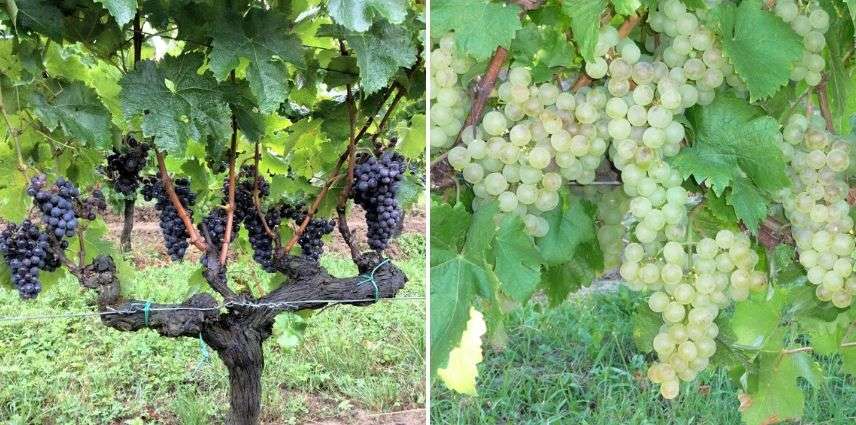
Example of table grape or wine grape: grapevine ‘Merlot’ and ‘Chasselas doré’
Read also
Vine: planting, pruning and careChoosing the right vine for your climate
North of the Loire
Very hardy, down to about -20°C, grapevine can be grown everywhere in France in a sunny, warm position on well-drained, dry, stony, calcareous soil. However, it is sensitive to late spring frosts (flower buds freeze from -2°C). In cold regions, avoid varieties with very early flowering that are vulnerable to night frosts. Provide very sunny, warm, sheltered exposure, trained against a wall for example.
Grapes ripen between August (for early harvests) and October (for late-ripening grape varieties), depending on variety and region. North of the Loire, I also advise avoiding planting overly late varieties, as grapes would not have time to ripen before winter arrives. Also favour disease-resistant hybrids (less susceptible to downy mildew in humid regions) such as ‘Ampelia’ grapevines. Choose varieties well resistant to winter cold, such as the grapevine ‘Boskoop Glory‘ which produces in August beautiful delicious bluish-black clusters, the grapevine ‘Ampelia Perdin®‘ or even the Vitis vinifera ‘Roi des précoces’, a very sweet variety. All three are well suited to regions north of the Loire because of their earliness.
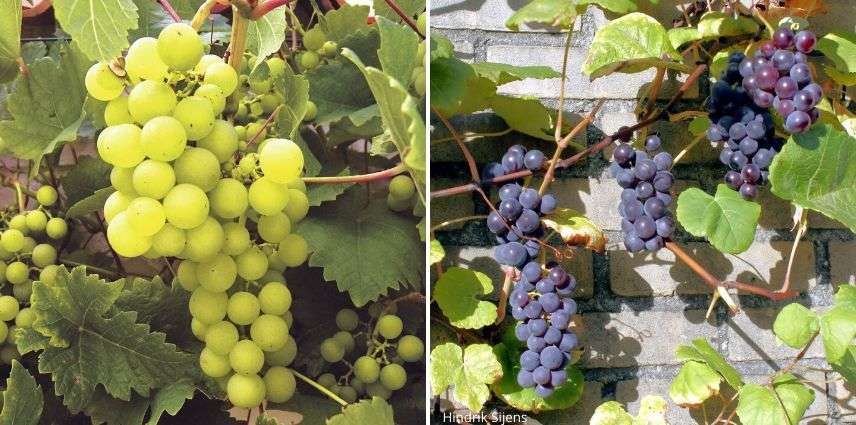
Varieties hardy to cold: grapevines ‘Ampelia Perdin’ and ‘Boskoop Glory’
In southern France
In southern France you will have a wider choice and can opt for varieties such as the grapevine ‘Dattier de Beyrouth’, sensitive to downy mildew and therefore better suited to warm regions. Grapevine ‘Muscat de Hambourg’ is an outstanding variety, also recommended south of the Loire because of its early flowering in March.
Discover other Grapevines
View all →Available in 1 sizes
Available in 1 sizes
Available in 1 sizes
Available in 1 sizes
Available in 1 sizes
Available in 1 sizes
Available in 1 sizes
Available in 1 sizes
Available in 1 sizes
Available in 1 sizes
Black, pink or white — a matter of taste!
Grape berries have, depending on variety, a blue-black, amber-yellow, pink-red to dark-red or greenish-white skin. Choice of grape colour is just a matter of taste! Juicy pulp reveals, according to terroir, an aromatic flavour that can be more or less sweet depending on grape variety, with varied aromas of blackcurrant, tobacco, cherry, green pepper, vanilla, dark chocolate, sweet spices, fern, smoke, plum, liquorice, forest-floor… The Fragola vines, also known as “strawberry vines”, are notable for grapes with a pronounced wild-strawberry flavour.
Best white grapes
Under its thick, pale-yellow to amber skin, ‘Italia’ grapevine hides a fleshy, crisp pulp with a slightly muscat flavour, while the small, round amber-yellow grapes of ‘Perle de Csaba’ contain a juicy, sweet, slightly musky flesh with orange-blossom perfume. ‘Madeleine Royale’ grapevine is prized for quality of its yellow fruit, offering a sweet, delicately musky flavour.
Best black grapes
Among best black grape varieties, the black epidermis of ‘Muscat de Hambourg’ grapevine conceals a well-sweetened, pleasantly musky flesh; ‘Ampelia Aladin®’ grapevine, with round, attractive bluish-black berries, hides a sweet pulp.
Best pink grapes
Berries of ‘Chasselas Rose’ offer a fine, tender, juicy, sweet and highly aromatic flesh. Pink grapes of ‘Katharina’ grapevine have a sweet, mild and fragrant flavour.

Best grape varieties: Vines ‘Italia’, ‘Muscat de Hambourg’ and ‘Chasselas Rose’
Grapes, yes — but without pips!
Here is something to delight your children! Besides, spitting out pips in public is far from being considered the height of refinement… Originally, grapes without pips were reserved for producing raisins, as with the Sultanine vine, the most widely cultivated variety without pips in the world and ancestor of the ‘Aperina’ vine series. Today, fruit breeders have developed grapes without pips that are not genetically modified organisms but result from a complex selection process: there are now dozens of varieties! Under their green, black or powdery-pink skin, the crunchy, nicely sweet pulp is almost entirely free of real pips; reduced to their simplest expression, these aborted seeds are barely detectable in the mouth, bringing joy to young palates and pleasing even the most demanding.
Best grapes without pips
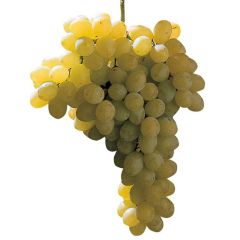
Vitis vinifera Sultanica bianca - Grape Vine
- Flowering time June, July
- Height at maturity 6 m
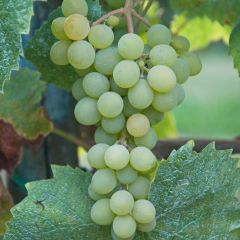
Vitis vinifera Aperina bianca - Grape vine
- Flowering time June, July
- Height at maturity 5 m
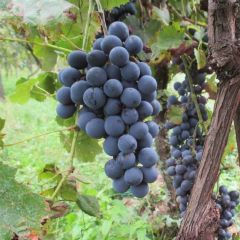
Vitis vinifera Aperina Nera - Seedless Grape vine
- Flowering time June, July
- Height at maturity 3,50 m
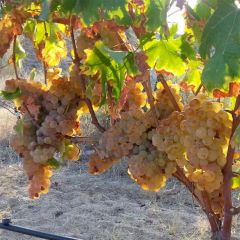
Vitis vinifera Aperina rossa - Seedless Grape vine
- Flowering time June, July
- Height at maturity 5 m
To learn more
Discover our other advice sheets about grapevine :
- How to take a grapevine cutting?
- Growing a grapevine in a pot
- Trellising a grapevine against a wall
- How to prune a grapevine?
- 10 hardy varieties for northern France
- Grapevine diseases
- Subscribe!
- Contents

































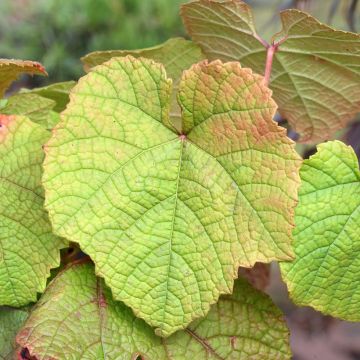
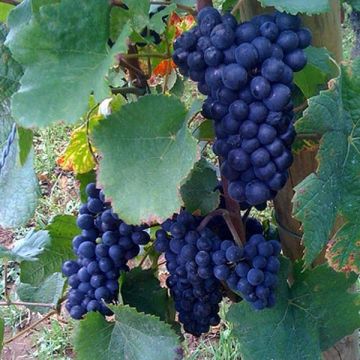
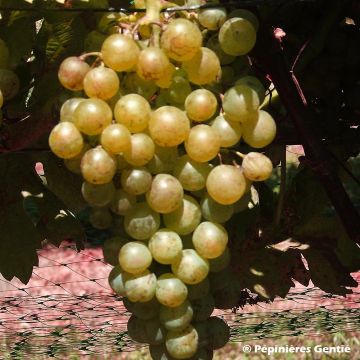
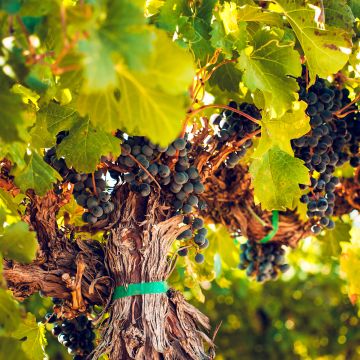
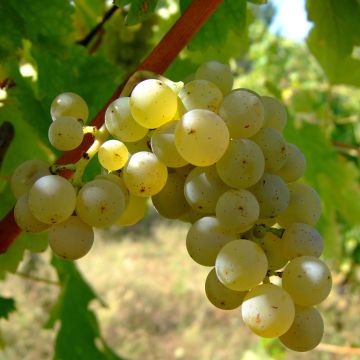

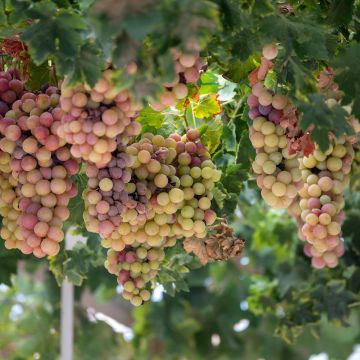
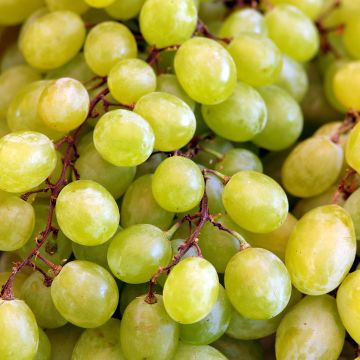
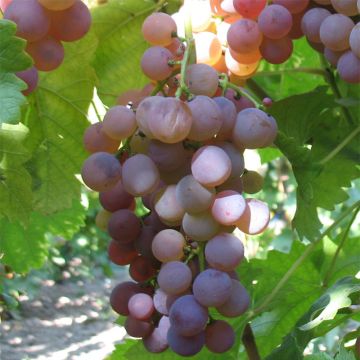
Comments